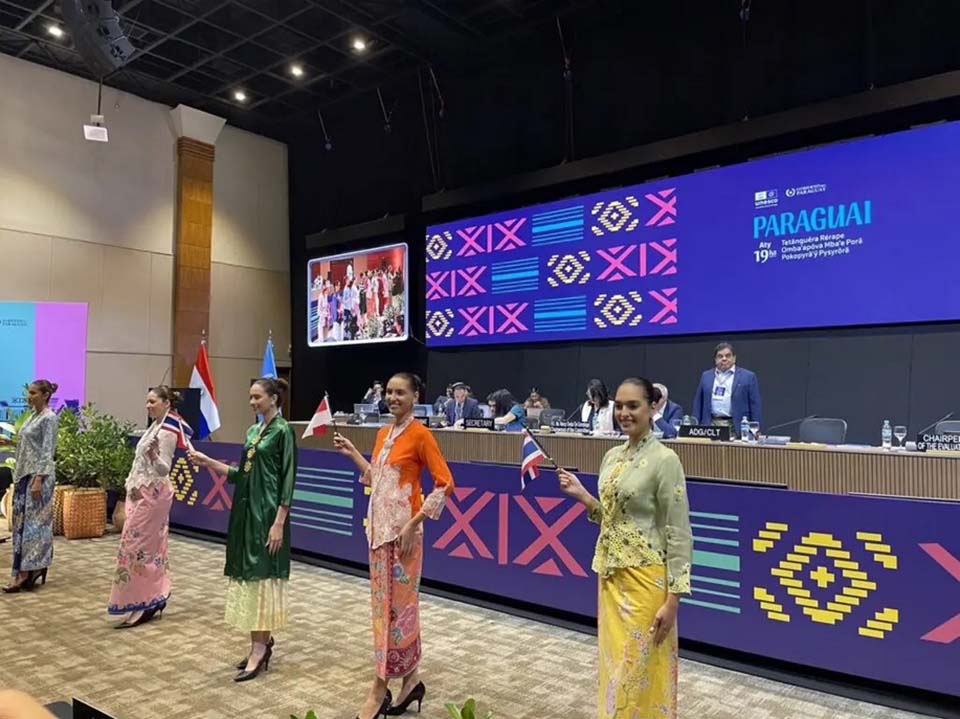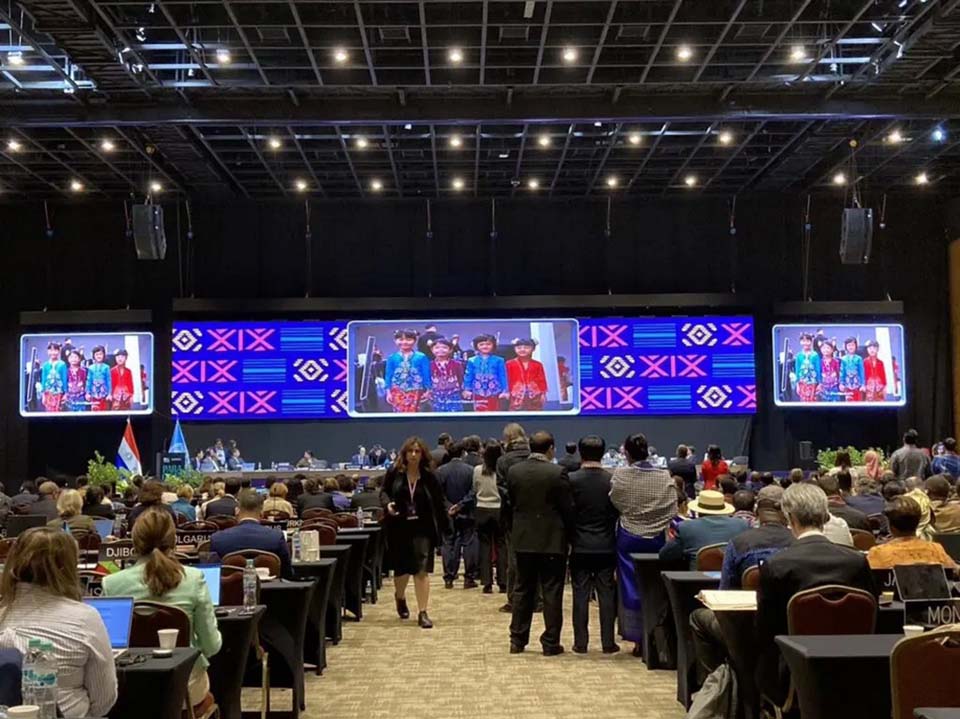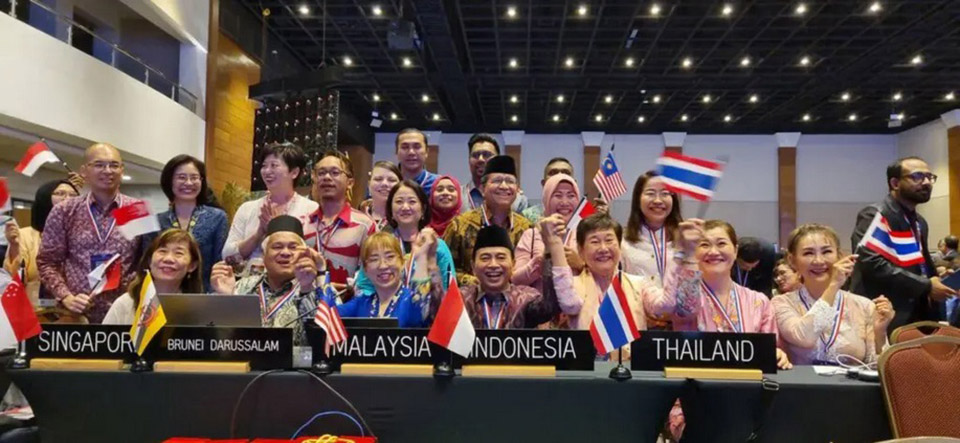
ASUNCION, Paraguay – “Kebaya” was multinational inscribed on Representative List of UNESCO Intangible Cultural Heritage of Humanity, Dec 6.
According to the Ministry of Foreign Affairs website, the Nineteenth Session of the Intergovernmental Committee for the Safeguarding of the Intangible Cultural Heritage (ICS-ICH), held in Asunción, Republic of Paraguay, inscribed “Kebaya: knowledge, skills, traditions and practices” on the Representative List of the Intangible Cultural Heritage of Humanity under the Convention for the Safeguarding of the Intangible Cultural Heritage or the 2003 UNESCO Convention.
This was a multinational inscription by five Southeast Asian countries: Thailand, Brunei Darussalam, Indonesia, Malaysia, and Singapore.
“Kebaya” is a traditional women’s attire in Southeast Asia and a part of the Baba-Peranakan dress culture in southern Thailand.
It is a shared cultural heritage of the Chinese-Malay community, particularly the Hokkien Chinese who migrated from Penang and Malacca to trade in the Malay Peninsula and settled in Phuket during the reigns of King Rama III to King Rama V.
This migration led to a blending of ethnicities and cultures between the immigrants and the local population, symbolising peaceful coexistence in cultural diversity. Beyond its aesthetic value, the multinational nomination of Kebaya as a shared heritage underscores the deep connections and cordial relations among Southeast Asian countries.
To date, Thailand has six elements inscribed on the Representative List of the Intangible Cultural Heritage of Humanity: Khon, masked dance drama in Thailand (2018); Nuad Thai, traditional Thai massage (2019); Nora, dance drama in southern Thailand (2021); Songkran in Thailand, traditional Thai New Year festival (2023); Tomyum Kung (2024); and Kebaya: knowledge, skills, traditions and practices (2024 – with Brunei Darussalam, Indonesia, Malaysia, and Singapore). (TNA)












